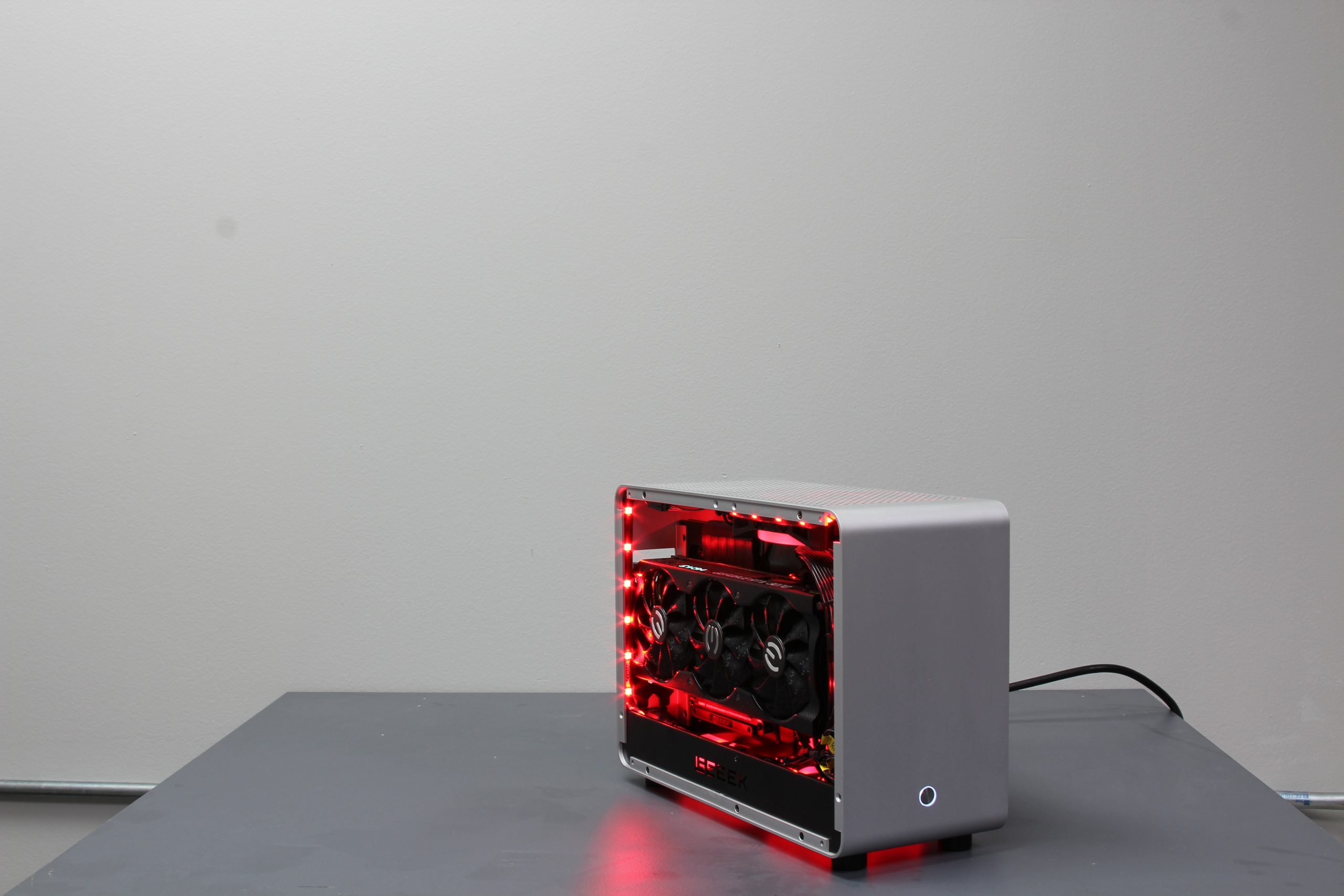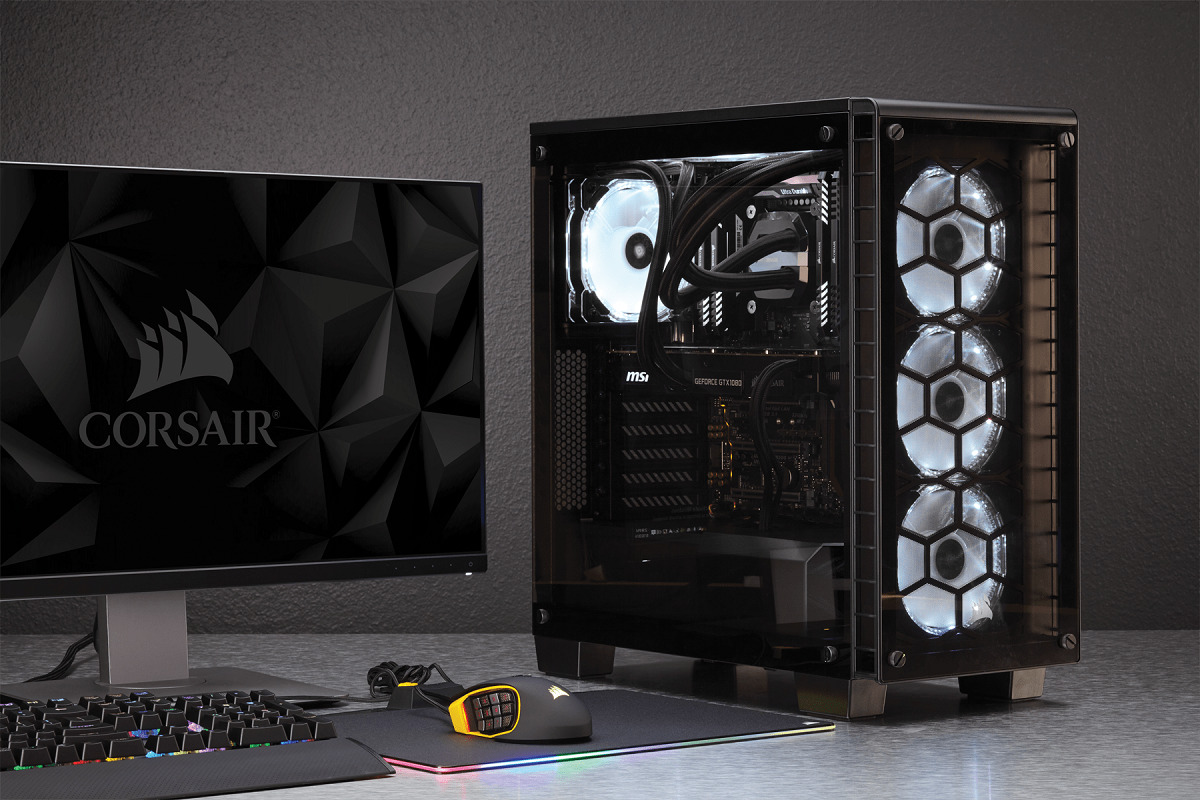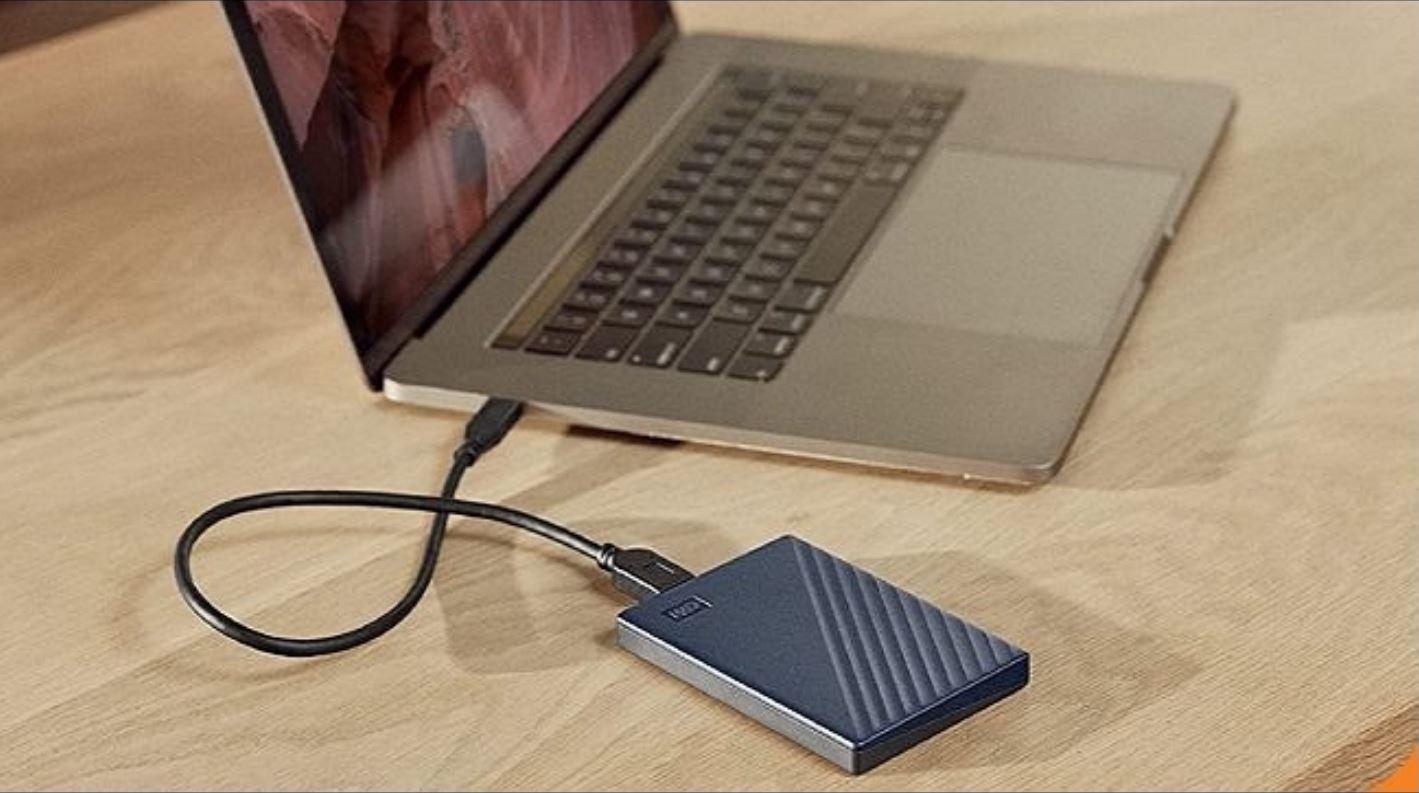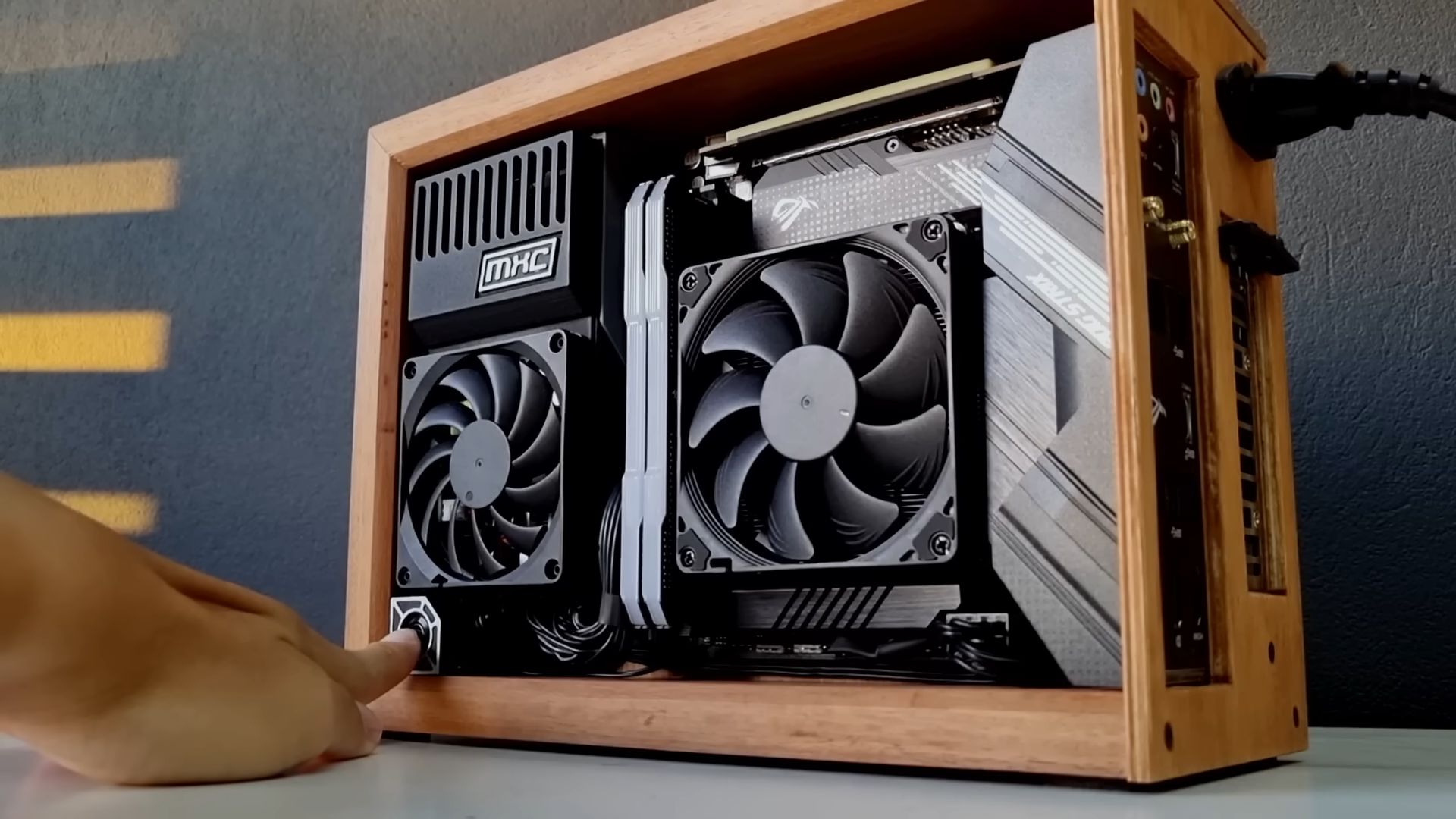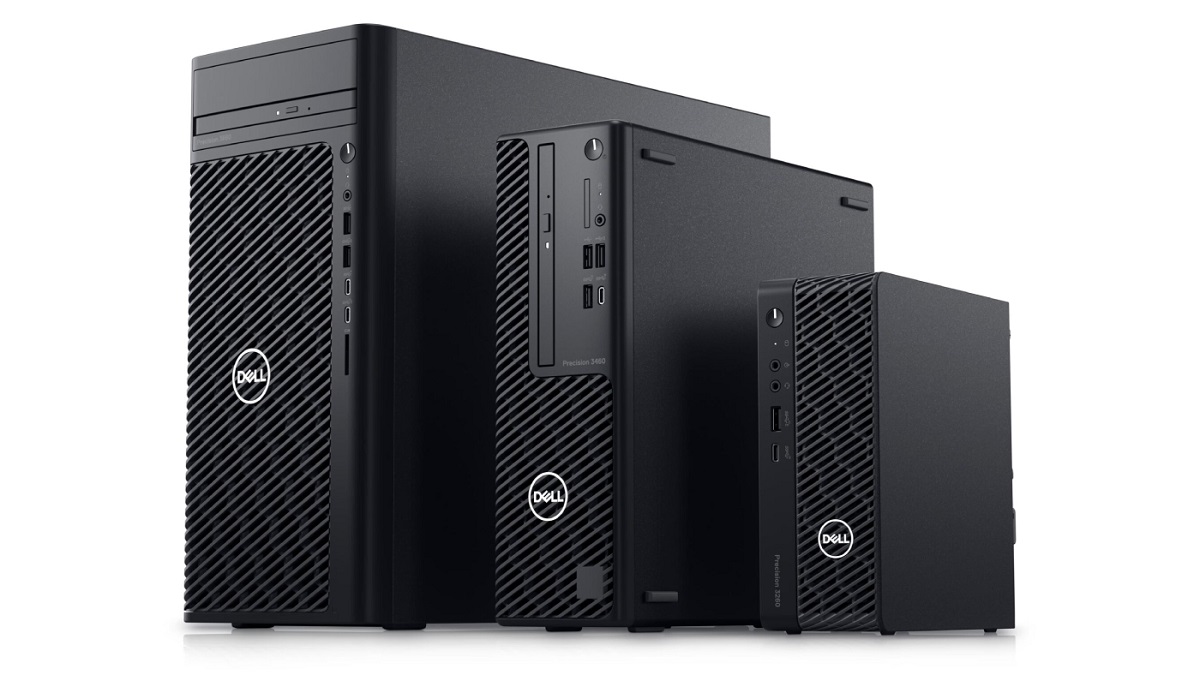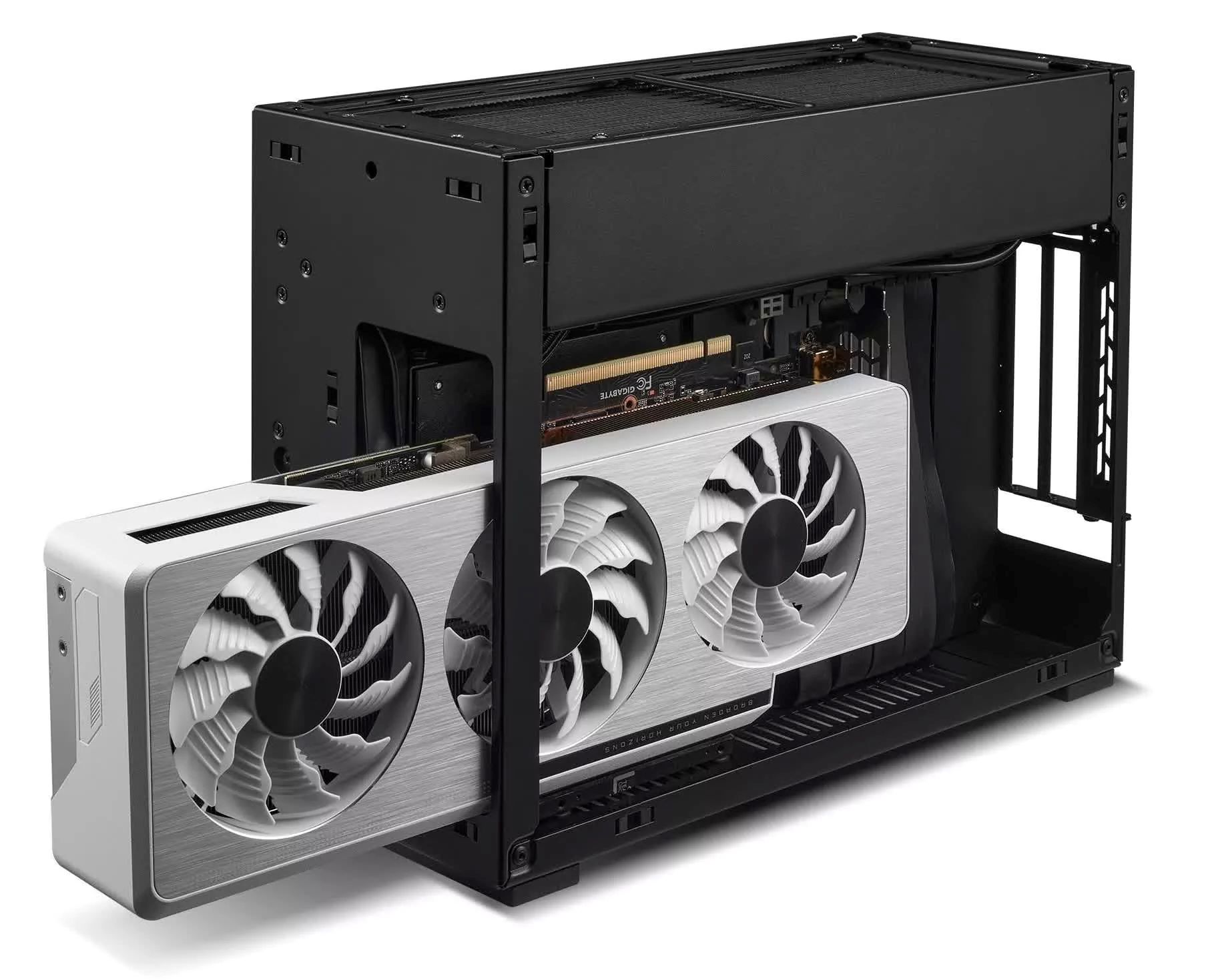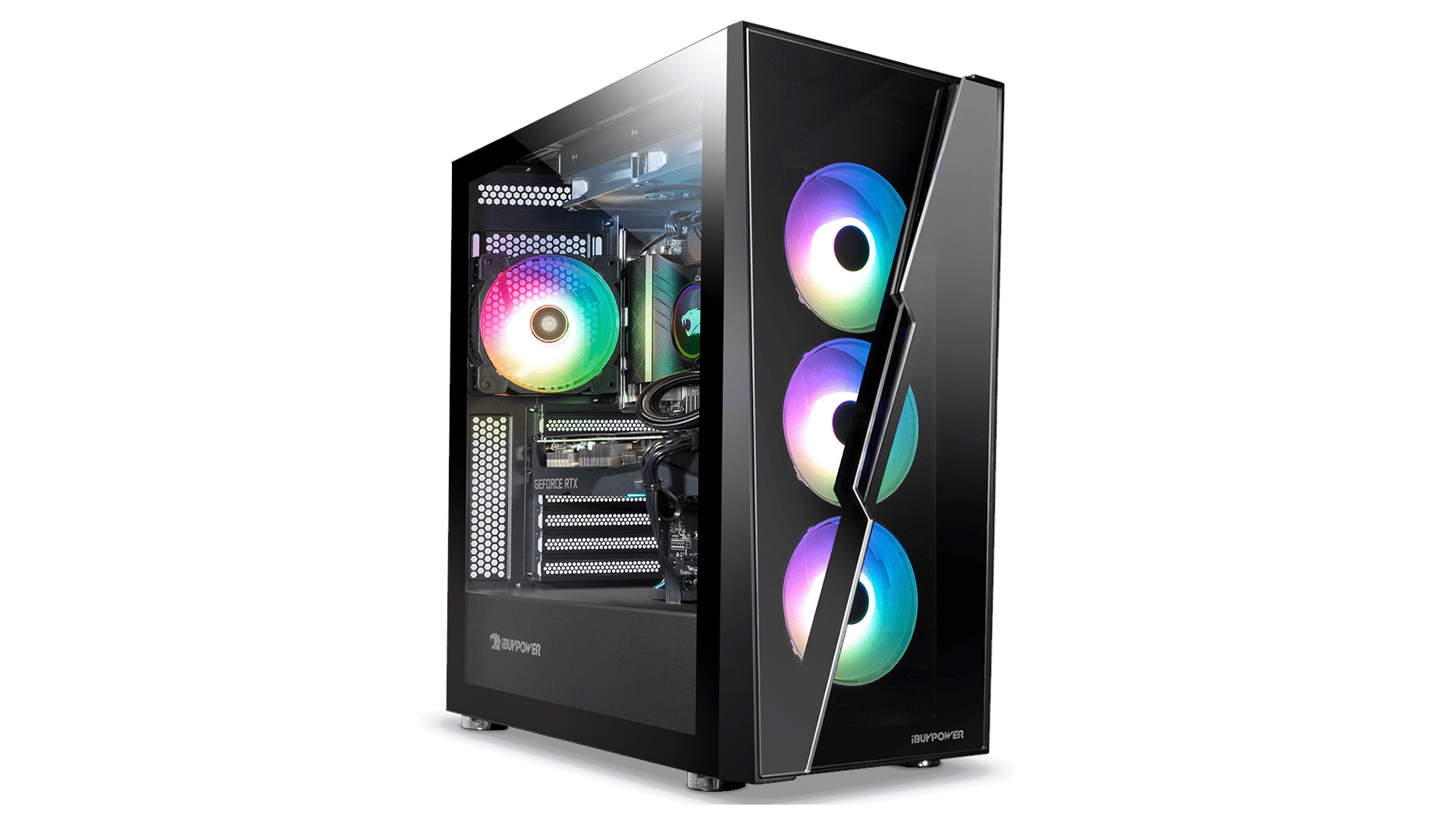Introduction
When it comes to building a mini PC, one important consideration is the case. The case not only houses and protects the components but also adds a touch of style to your setup. While there are plenty of commercially available mini PC cases on the market, they may not always fit your budget or personal preferences.
Fortunately, there are several creative options to consider when looking for a mini PC case. From repurposed household items to DIY creations, the possibilities are endless. In this article, we will explore different options to help you find the perfect case for your mini PC.
By thinking outside the box, you can find affordable and unique alternatives that will not only serve their purpose but also make a statement. Whether you are a budget-conscious builder or an avid DIY enthusiast, there is a solution that suits your needs and adds a touch of personal flair to your mini PC build.
So, if you are ready to explore the world of mini PC cases, let’s dive in and discover some exciting options!
Option 1: Repurposed Household Items
One cost-effective and creative option for a mini PC case is to repurpose household items that you may already have on hand. Not only does this approach save money, but it also allows you to give a new purpose to items that might otherwise go to waste.
One popular household item that can double as a mini PC case is an old shoebox. With a little bit of creativity and DIY skills, you can transform a simple shoebox into a functional and unique case for your mini PC. You can cut holes for ventilation, secure the components inside, and give it a personal touch with paint or decals.
If you’re feeling more adventurous, you can also repurpose an old wooden drawer or a vintage metal lunchbox. These items provide a sturdy structure to house your mini PC components and add a touch of charm to your setup. With a few modifications and some customization, you can create a one-of-a-kind mini PC case that reflects your style.
Another option to consider is repurposing a small storage container or a plastic bin. These items often come in various sizes and shapes, providing you with flexibility to accommodate different mini PC configurations. By adding proper ventilation and securing the components, you can transform an everyday container into a functional mini PC case.
When repurposing household items as mini PC cases, it’s important to ensure proper ventilation and component security. Make sure to cut ventilation holes and use fans or other cooling solutions to prevent overheating. Additionally, ensure that the components are securely mounted or fastened inside the case to avoid any damage.
Overall, repurposing household items for a mini PC case not only allows you to get creative but also helps reduce waste and save money. With a little bit of imagination and DIY know-how, you can turn everyday items into unique and functional cases for your mini PC.
Option 2: DIY Options
If you enjoy getting your hands dirty and have some basic woodworking or crafting skills, embarking on a DIY project for your mini PC case can be a rewarding and fulfilling endeavor. Building your own case allows you to fully customize it to your exact specifications and gives you a sense of pride in creating something unique.
One popular DIY option is to build a mini PC case out of acrylic or plywood. These materials are readily available at hardware stores and can be easily shaped and cut to your desired dimensions. You can design your own case from scratch or find templates and plans online to guide you through the process.
Another DIY approach is to construct a case using LEGO bricks. LEGO provides a modular and customizable system that allows you to create a case that can be easily modified and expanded if needed. The bright and colorful bricks add a playful and whimsical touch to your mini PC setup.
For those with more advanced crafting skills, you can explore using materials like aluminum or steel to build a robust and durable mini PC case. This option requires access to metalworking tools and may involve welding or riveting. However, the end result is a professional-looking case that offers excellent protection for your components.
If you’re looking for a budget-friendly DIY option, consider repurposing an old computer case. You can take an outdated tower case and modify it to fit your mini PC components. This option allows you to save money by utilizing existing materials while still providing a sturdy and practical solution.
Regardless of which DIY option you choose, it’s important to plan your design, take accurate measurements, and ensure proper ventilation for your components. DIY mini PC cases offer endless possibilities for customization, allowing you to showcase your creativity and craftsmanship while housing your mini PC.
Option 3: Ready-Made Mini PC Cases
If you prefer a more hassle-free and professionally designed solution for your mini PC case, ready-made cases are a great option to consider. These cases are specifically designed to accommodate mini PC components and come in a variety of styles, sizes, and features.
One of the key advantages of ready-made cases is the ease of installation. These cases typically come with pre-drilled holes, mounting brackets, and cable management solutions, making it a straightforward process to assemble and set up your mini PC. Additionally, they often have optimized airflow and cooling options to ensure efficient heat dissipation.
When choosing a ready-made mini PC case, consider factors such as size, form factor, and expansion options. Mini-ITX, Micro-ATX, and Mini-STX are popular form factors that offer various levels of compatibility and flexibility. Determine your specific hardware requirements and ensure that the case has the necessary slots and ports to accommodate your components.
Some ready-made cases prioritize aesthetics and offer sleek and stylish designs. These cases often come in different colors and finishes, allowing you to match your mini PC case with your overall setup or personal style. On the other hand, there are also more utilitarian options that prioritize functionality and practicality.
Another benefit of ready-made mini PC cases is that they often come with additional features and conveniences. These can include front-facing USB ports, built-in cable management systems, dust filters, and tool-less installation options. These features can greatly simplify the assembly and maintenance process of your mini PC.
When selecting a ready-made mini PC case, it is important to read reviews, check compatibility with your components, and consider the overall quality and durability of the case. A well-built case not only provides protection and organization for your components but also ensures longevity and reliability.
Overall, ready-made mini PC cases offer a convenient and reliable option for housing your components. Whether you prioritize aesthetics, functionality, or a combination of both, there are plenty of options available to accommodate your needs and preferences.
Option 4: 3D Printed Mini PC Cases
With the rise of accessible 3D printing technology, one innovative and customizable option for a mini PC case is to 3D print your own. 3D printing allows you to bring your unique designs to life by fabricating them layer by layer, using a variety of materials such as plastic, resin, or metal.
The main advantage of 3D printed mini PC cases is the ability to create a case that perfectly fits your specific requirements. You can design the case to accommodate your desired components, ports, and ventilation configurations. This level of customization ensures an optimal layout and can even allow for future upgrades.
By exploring online platforms and communities dedicated to 3D printing, you can find an array of pre-existing designs for mini PC cases. These designs can range from intricate and visually striking designs to simple and functional ones. You can modify these designs or create your own from scratch using 3D modeling software.
When 3D printing a mini PC case, it is important to consider the material you choose. PLA plastic is commonly used due to its affordability and ease of printing, while materials like PETG offer additional durability and heat resistance. For a more premium option, you can opt for materials like resin or metal composites.
In addition to the customization options, 3D printed mini PC cases also offer the advantage of being lightweight and portable. These cases are often designed with integrated handles or compact form factors, making them easy to transport for LAN parties or other on-the-go setups.
One potential downside of 3D printed cases is the time it takes to print and assemble them. Depending on the complexity and size of the case, it can take several hours or even days to complete the printing process. Additionally, post-processing steps such as sanding and painting may be necessary to achieve the desired finish.
Overall, 3D printed mini PC cases offer a unique and customizable option for those looking to showcase their creativity and technical skills. From sleek and futuristic designs to rugged and industrial aesthetics, the possibilities are endless when it comes to 3D printed mini PC cases.
Option 5: Retrofitted Old Electronics
If you have a flair for nostalgia and enjoy repurposing old electronics, retrofitting them into mini PC cases can be a fun and unique option. This option allows you to give new life to vintage gadgets while showcasing your creativity and adding a touch of retro charm to your setup.
One popular choice for retrofitting old electronics is repurposing an old game console. Retro gaming enthusiasts often transform classic consoles such as the Nintendo Entertainment System (NES) or the Sega Genesis into mini PC cases. These consoles provide a nostalgic and eye-catching aesthetic that complements a gaming-themed setup.
If you have an old vintage radio or stereo lying around, you can convert it into a stylish and functional mini PC case. The nostalgic charm of vintage radios and stereos, with their dials and knobs, adds a unique and conversation-worthy element to your setup. With some modifications, you can seamlessly integrate your mini PC components into the existing structure.
Another option is repurposing an old television set. Classic CRT televisions or retro-style portable TVs can be transformed into mini PC cases with a bit of ingenuity. By removing the outdated internal components and modifying the casing, you can create a retro-themed mini PC case that evokes memories of a bygone era.
When retrofitting old electronics into mini PC cases, it’s important to ensure proper ventilation and component compatibility. Make sure to install fans or other cooling solutions to prevent overheating. Additionally, consider the size and dimensions of the vintage electronic device and plan your mini PC components accordingly.
It’s also worth noting that retrofitting old electronics will likely require some DIY skills and modifications. You may need to cut holes for ventilation, install mounting brackets or shelves for your components, and ensure proper cable management. However, the end result will be a truly unique and personalized mini PC case that stands out from the crowd.
Overall, retrofitting old electronics into mini PC cases offers a creative and nostalgic option for those looking to add a touch of vintage flair to their setups. With a bit of creativity and technical know-how, you can transform old gadgets into functional pieces of art that house your mini PC components.
Option 6: Custom-Made Mini PC Cases
If you have specific requirements or a unique vision for your mini PC case that cannot be fulfilled by ready-made options, opting for a custom-made case is the way to go. Custom-made cases offer complete control over the design, materials, and features of your mini PC enclosure.
When opting for a custom-made mini PC case, one possibility is to enlist the services of a professional case modder or a custom PC builder. These experts can bring your vision to life by utilizing their expertise in designing and crafting unique cases. They can work closely with you to understand your needs and preferences, and then create a case that meets all your specifications.
If you have the necessary skills and tools, you can also embark on a DIY journey to build a custom case from scratch. This option allows for complete creative freedom and customization. You can choose your desired materials, design a layout that perfectly fits your components, and incorporate unique features that suit your specific needs.
When building a custom mini PC case, the choice of materials and their quality is crucial. Options range from aluminum and steel for a sleek and modern look to wood for a more rustic and natural aesthetic. Ensure that the chosen materials offer the desired strength, durability, and heat dissipation properties required for your mini PC components.
In addition to material choice, custom-made cases can also include special features and modifications. From custom-built cooling systems and integrated RGB lighting to innovative cable management solutions, the sky’s the limit when it comes to personalizing your mini PC case.
One important aspect to consider when going for a custom-made case is the time and cost involved. Custom cases tend to require a longer lead time for design and fabrication, and they can come with a higher price tag compared to off-the-shelf options. However, the end result will be a truly one-of-a-kind mini PC case that perfectly reflects your style and requirements.
Whether you choose to work with a professional modder or take on the challenge yourself, custom-made mini PC cases offer the ultimate level of customization and personalization. With careful planning and attention to detail, you can create a mini PC case that is not only functional but also a work of art.
Conclusion
When it comes to finding the perfect mini PC case, there are numerous options available to suit every budget, skill level, and personal preference. From repurposed household items and DIY creations to ready-made cases and custom-built solutions, the choice is yours.
Repurposing household items allows for creativity and resourcefulness while keeping costs low. Whether it’s a shoebox, wooden drawer, or plastic bin, repurposed items can be transformed into unique mini PC cases that reflect your personal style.
For those who enjoy hands-on projects, DIY options provide an opportunity to flex your creative muscles. Whether it’s building a case from acrylic or plywood, using LEGO bricks, or even working with metal, DIY cases offer customization and a sense of accomplishment.
Ready-made mini PC cases are convenient solutions for those seeking a hassle-free setup. With various sizes and styles available, ready-made cases provide easy installation and often include features like optimized airflow and cable management.
For those with access to 3D printing technology, 3D printed mini PC cases offer customization like no other. From designing your own unique case to selecting different materials, 3D printing allows you to bring your vision to life in a lightweight and portable form.
Retrofitted old electronics provide a nostalgic touch and a conversation piece. Transforming old game consoles, vintage radios, or classic televisions into mini PC cases adds a unique and retro charm to your setup.
Lastly, custom-made cases offer complete control over the design and functionality of your mini PC case. Whether you collaborate with a professional modder or embark on a DIY project, custom cases ensure a unique and personalized enclosure.
Regardless of the option you choose, it’s important to ensure proper ventilation, component compatibility, and, most importantly, enjoyment throughout the process. With a little creativity and ingenuity, you can find or create a mini PC case that not only protects your components but also adds a personal touch to your setup.







